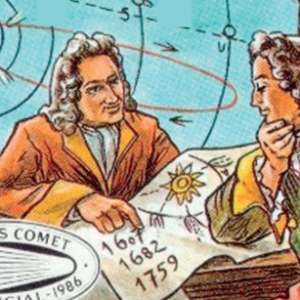
It's easy to forget that while you read this article, you and your computer screen are racing through space at a nearly unimaginable speed. The Earth constantly rotates on its axis at 1,037 miles per hour, orbiting the sun at 67,000 m.p.h. And the solar system whips around the galaxy at more than 420,000 m.p.h.
Two centuries ago, it was difficult for scientists to model intricate planetary orbits. Léon Foucault helped devise a method to make celestial orbits a bit easier to understand.
Wednesday marks the 194th anniversary of the French physicist's birth. To celebrate Foucault and his breakthrough pendulum, let's take a look at how he was able to model Earth's rotation.










































